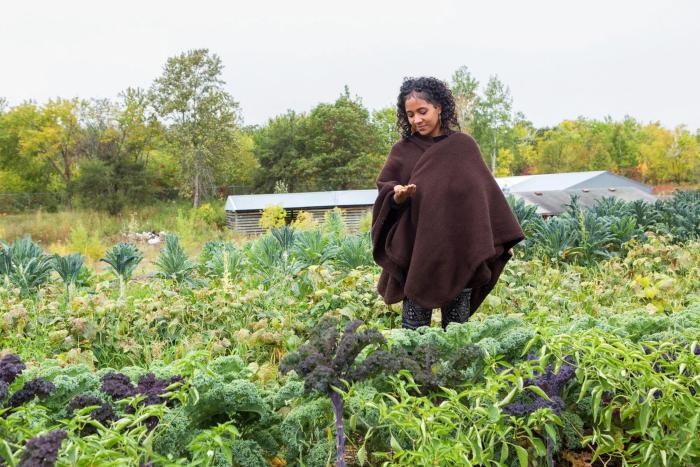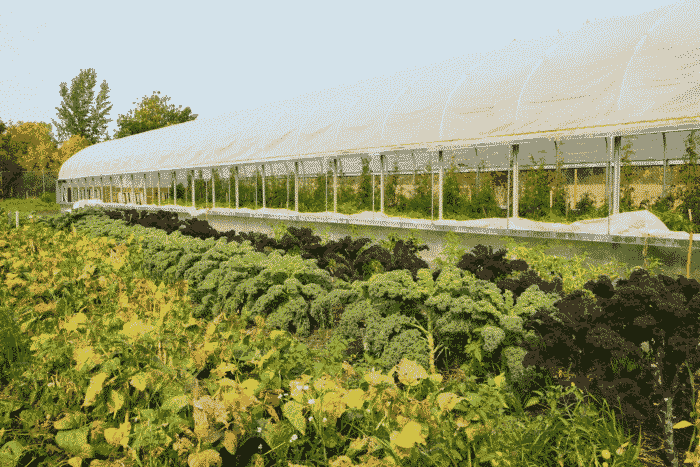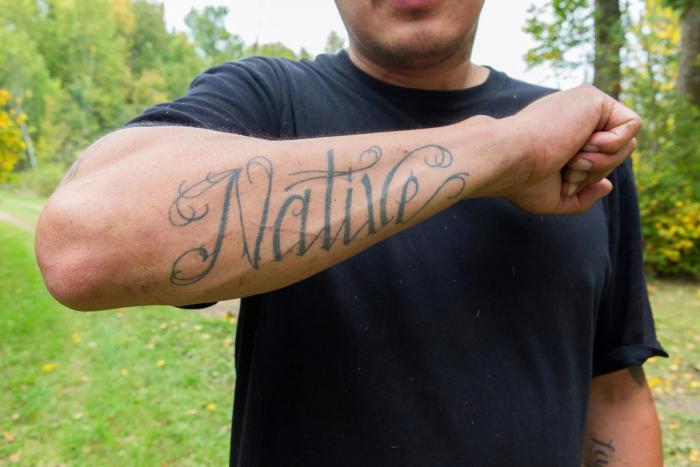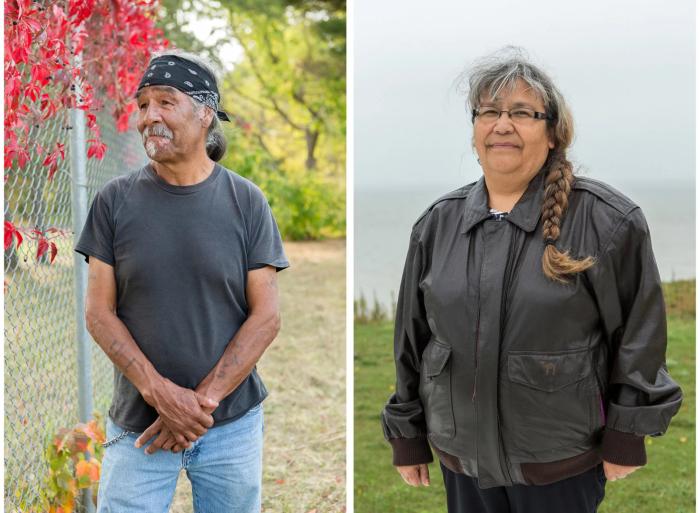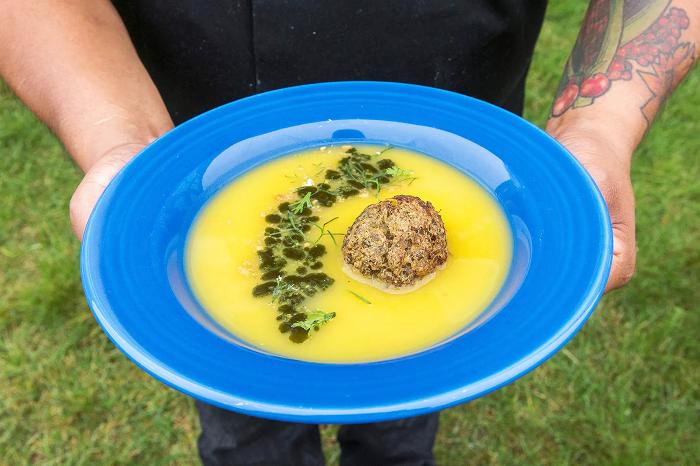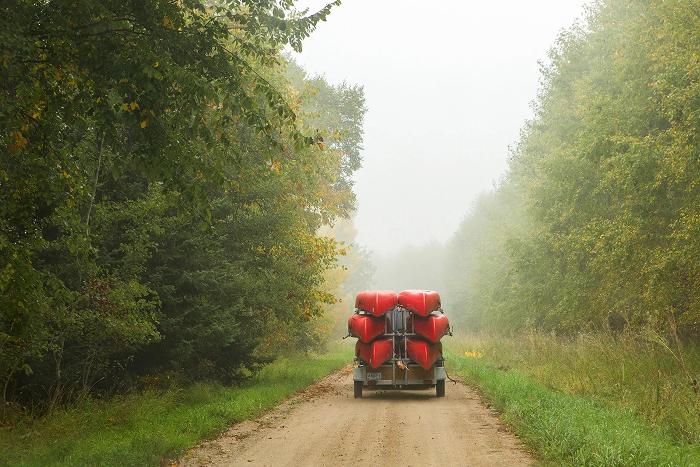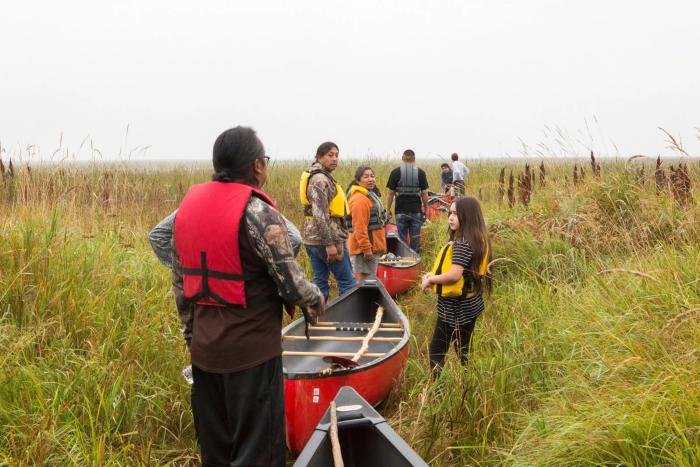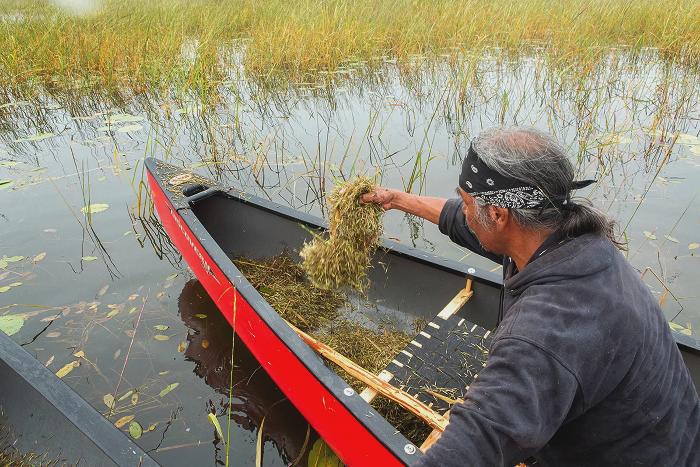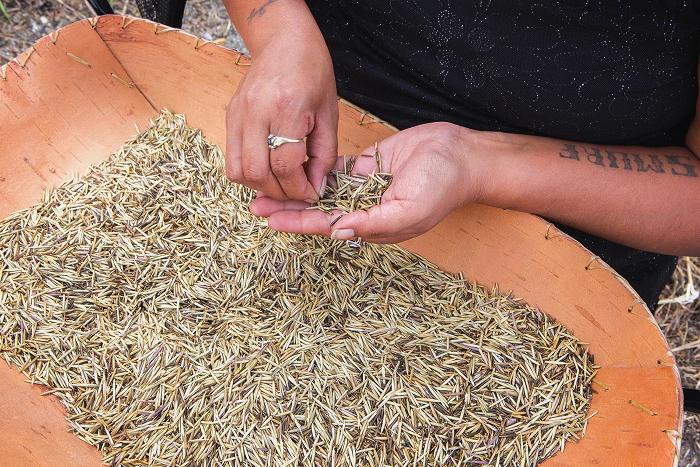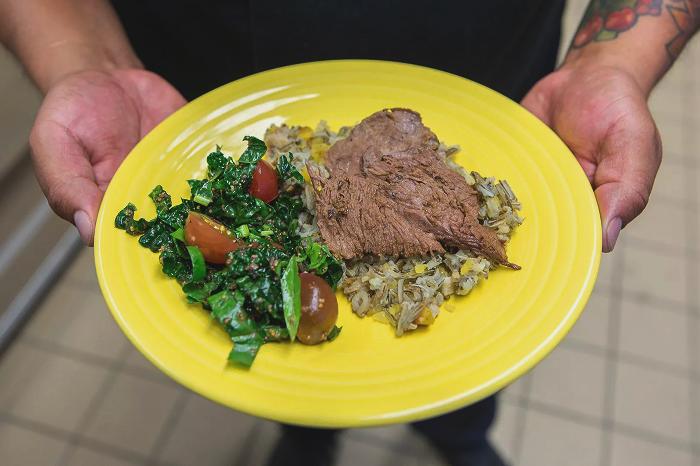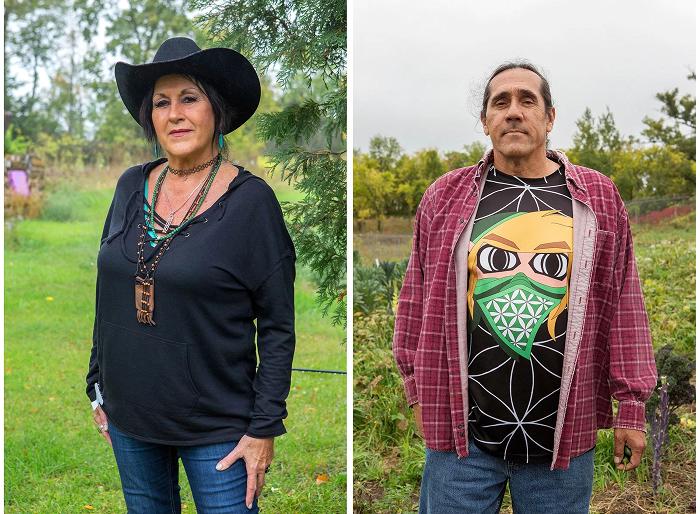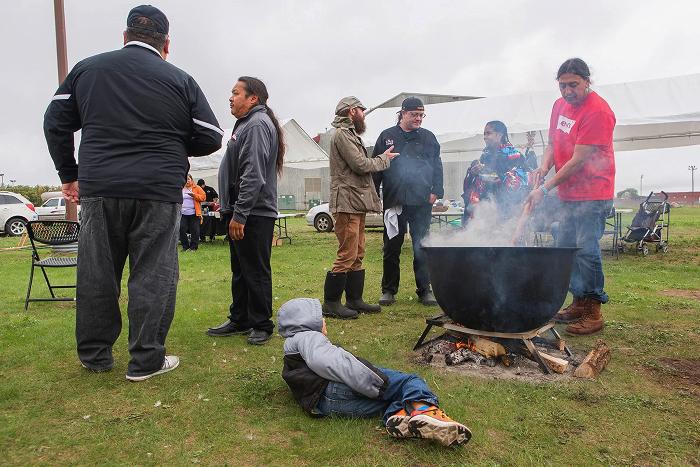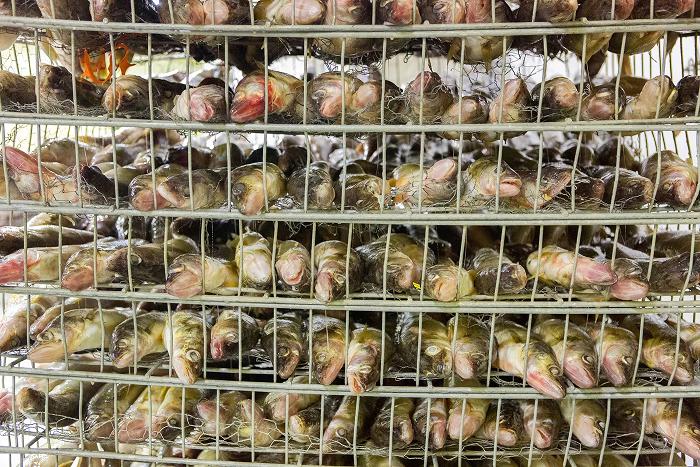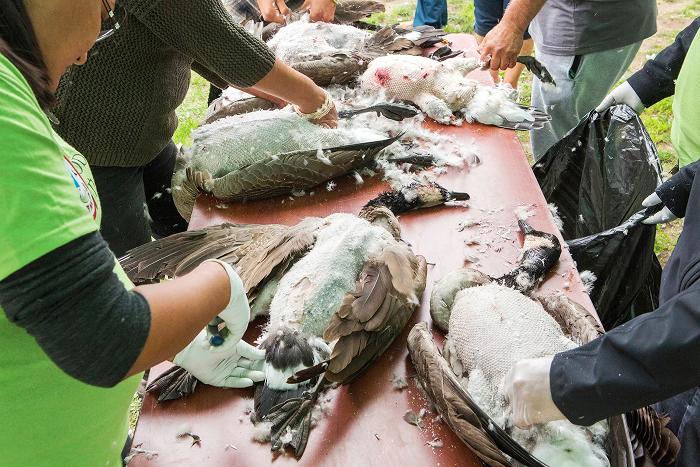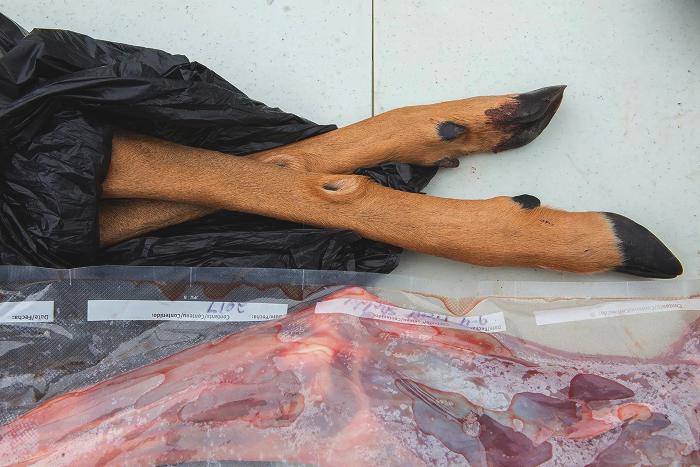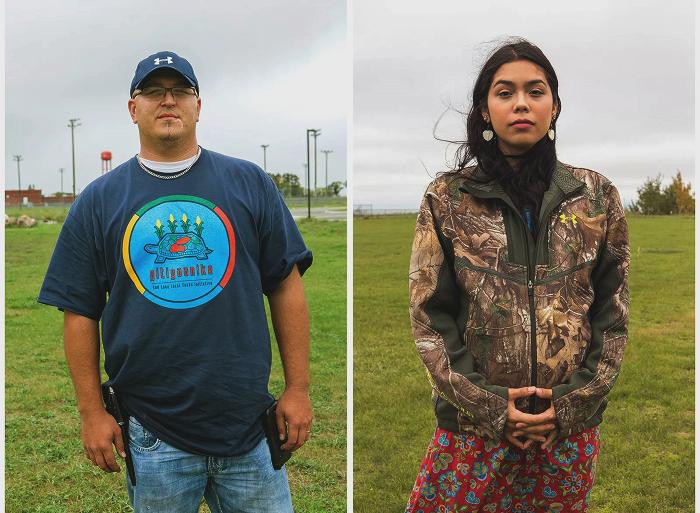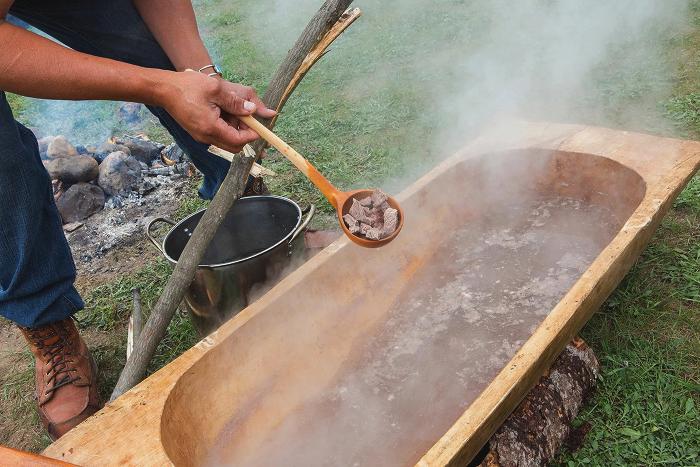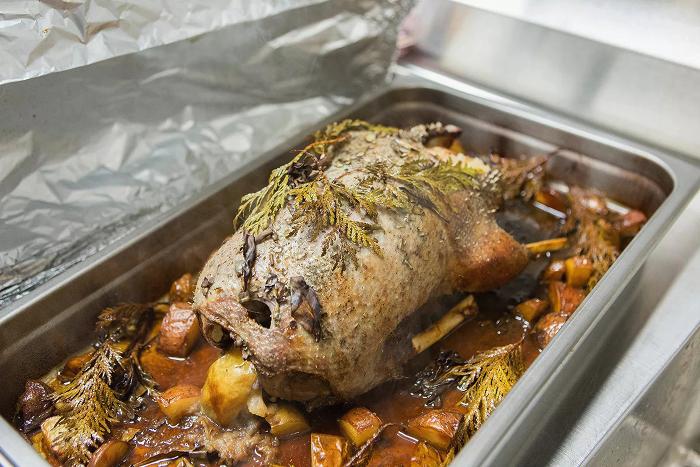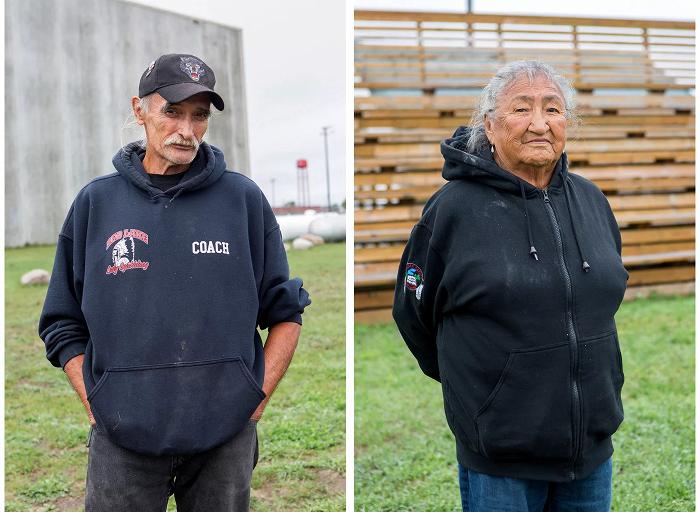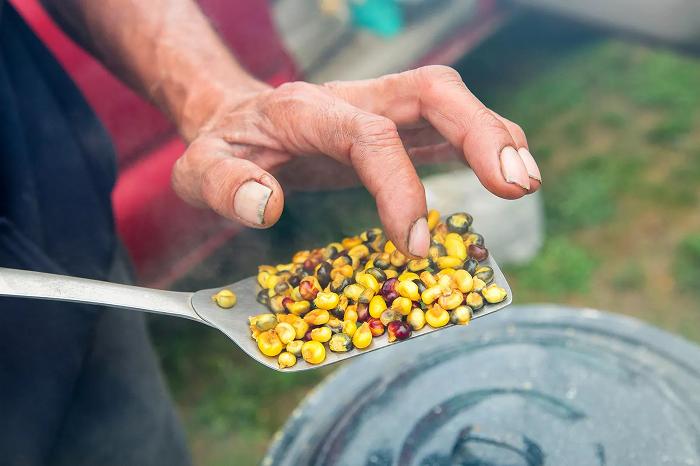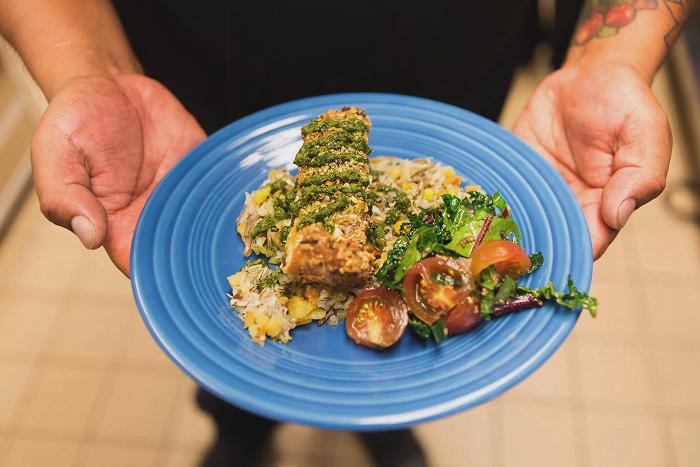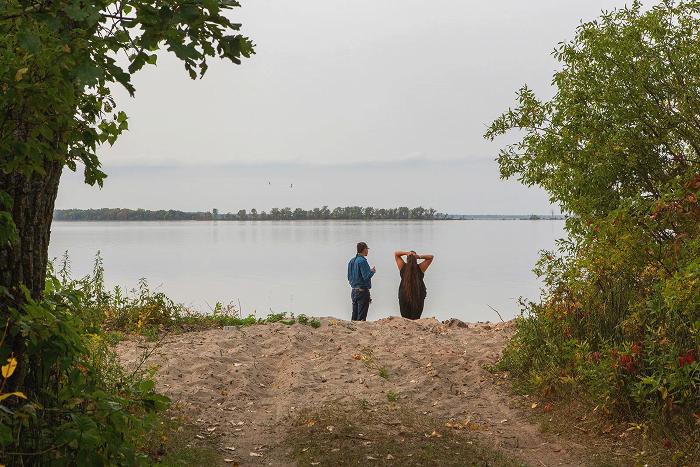 |
Canku Ota
|
 |
|
(Many Paths)
|
||
|
An Online Newsletter
Celebrating Native America
|
||
|
December 2017 - Volume
15 Number 12
|
||
|
|
||
|
Here's How The Red
Lake Indian Reservation Dines Off The Land
|
||
|
by Gabriel H. Sanchez
- BuzzFeed News Photo Essay Editor
|
||
|
credits: all photos by
Sarah Stacke
|
|
"In the US,
Native communities are too often overlooked or thought of as relics,
or even not existing. They're still here, in all of their complexity
and copiousness."
On the Red Lake Indian Reservation in northwestern Minnesota, the Ojibwe people are working to reclaim their food sovereignty with recipes that celebrate their heritage and make use of the bountiful land that they call home. At this year's second annual Red Lake Nation Food Summit, members of regional tribes came together to teach workshops on trapping, hunting, and gathering. Cooking demonstrations using indigenous ingredients reveal not only a path toward food sovereignty and a "decolonized diet," but also a viable option for eating heathy. Photographer Sarah Stacke attended this year's summit to capture these centuries-old recipes in the making. Here, Stacke shares her culinary journey alongside the Ojibwe and her words on the importance of gatherings such as this. Move west to "the land where food grows on water," a prophecy told the Ojibwe. A reference to wild rice, the Ojibwe began migrating from the East Coast across the Great Lakes to where they settled in Red Lake, Minnesota, and the environs in the 1700s. Today on the Red Lake Indian Reservation, wild rice is a vital part of a movement to feed the roughly 5,000 tribal members living there with organic fruits and vegetables, game, and foraged foods cultivated entirely on the reservation. As one of only two closed reservations in the US, the state courts or government have no jurisdiction in Red Lake, and the land is collectively owned by the tribe, rather than allotted to individuals.
|
|||||||||||||||||||||||||||||||||||||||||||||||||||||||||||||||||||
|
|
|
|
||
|
|
||
| Canku Ota is a free Newsletter celebrating Native America, its traditions and accomplishments . We do not provide subscriber or visitor names to anyone. Some articles presented in Canku Ota may contain copyright material. We have received appropriate permissions for republishing any articles. Material appearing here is distributed without profit or monetary gain to those who have expressed an interest. This is in accordance with Title 17 U.S.C. Section 107. | ||
|
Canku Ota is a copyright ©
2000 - 2017 of Vicki Williams Barry and Paul Barry.
|
||
 |
 |
|
|
The "Canku
Ota - A Newsletter Celebrating Native America" web site and
its design is the
|
||
|
Copyright ©
1999 - 2017 of Paul C. Barry.
|
||
|
All Rights Reserved.
|
||
